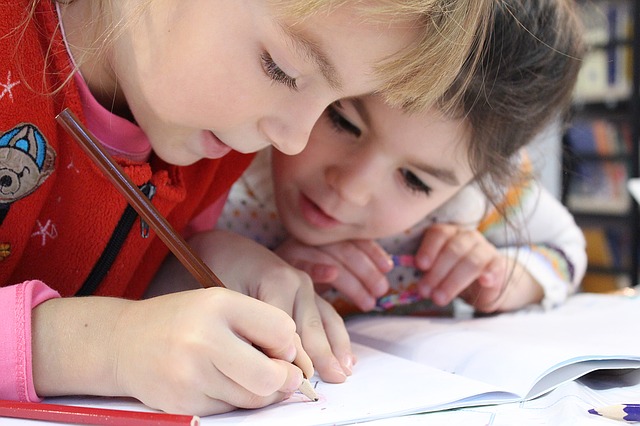School is the foundation of everyone\’s life. If you want your child to receive a quality education, you need to choose a quality school that will give him or her the foundation needed for the future. Choosing a quality elementary school that is tailored to first-graders is no easy task. You will need to compare several criteria and consider your child\’s personality. What should you look for?
1. Communication and openness with the school
If you are choosing a school, you should first find out how well the school communicates with parents. If the school jiggles, dodges, doesn\’t answer questions, or isn\’t forthright, you definitely have nothing.
2. There is plenty of information to learn about the school
If the school is as mysterious as a castle in the Carpathian Mountains and no information is available about it, this is not an ideal case. A good school will provide information about the curriculum framework, information about the school itself, events sponsored by the school, the school\’s focus, extracurricular activities…
3. Good atmosphere
Go to school open days and events. The school should have a relaxed atmosphere that will make you feel at ease. Your child will be spending many hours a day at school, so it should be comfortable, not stuffy.
4. Enlightened Staff
The principal has a huge influence on how the entire teaching staff works, and if the principal is enlightened, he or she will choose enlightened teachers. So, whenever possible, get to know the principal before you apply and talk to him or her about the concept of the school.
5. Individualized
The basis of every teacher should be individual attention to each student. The school should investigate whether there is a problem with the individual plan or whether they are treating each student individually.
6. Letters of recommendation and test scores
Good indicators are letters of recommendation from other parents and annual national test scores. These benchmark tests compare children and their skill levels across grade levels.